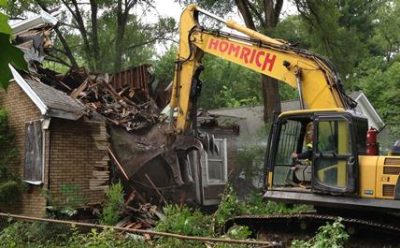
Half of the prisoners at Muskegon Correctional Facility were positive at the end of August. Currently, 80 percent of the MCF population, 1108 prisoners, has tested positive and 8 prisoners are dead, according to MDOC figures.
MDOC deaths climbing daily, now at 107
80 percent of Muskegon CF population has now tested positive for COVID-19, up from half of prisoners 4 months ago
“Prisoners have begged repeatedly to have 14-day lockdown” to stop COVID-19 spread through unit–inmate at Muskegon, detailing spread of virus there
“Getting ahead of this virus was not MCF’s strategy, as it was to secretly engage in herd immunity.”
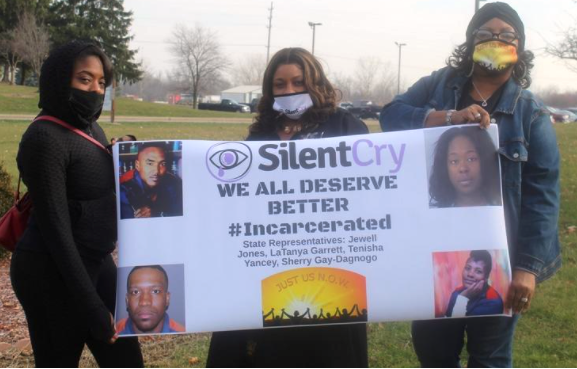
Advocates with “Silent Cry” traveled all the way from New York CIty to the Gus Harrison Correctional Facility Dec. 11 to protest huge flare-ups of active COVID-19 cases throughout MDOC.
SIGN PETITION TO GOV. GRETCHEN WHITMER, OTHER STATE AND FEDERAL OFFICIALS, TO PUT MICHIGAN PRISONERS IN THE TIER-ONE CATEGORY FOR COVID-19 VACCINATIONS at:
https://www.change.org/COVID-19VaccinesforMichiganPrisoners
By MDOC prisoner
December 18, 2020
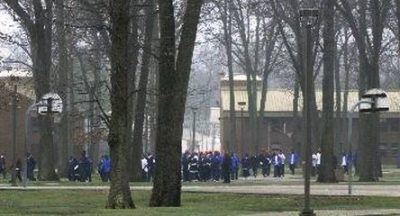
Muskegon Correctional Facility
The COVID-19 pandemic has absolutely raged through the Muskegon Correctional Facility (MCF), 2400 S. Sheridan Drive, Muskegon, MI 49442. Unfortunately during its path of destruction has relentlessly violated nearly every healthy living vessel along the way.
There have been approximately [107] prisoner deaths now throughout the MDOC and around ten (10) of those deaths have derived from the failed prevention methods, inhumane treatments AND conditions, along with the lowest standard of medical care that can be afforded a human being, here at MCF.
The confinement and living conditions are unsanitary and deplorable to say the least as there is no set standard for anything except for “prisoner daily counts.” The prison administration had a supreme opportunity to monitor the failures at other facilities and make the assessments and adjustments, to make rational prevention measures here at the facility to safeguard prisoners from this deadly virus.
Initially for months, corrections officers were not required to take proper COVID testing, with only temperature checks required for them to enter the facility. (This is what caused the initial contact with the virus, here.) It wasn’t until months later, when the National Guard began nasal swabs that around August, officers then were required to take the swabs. (However, the outbreak had already blazed through MCF.)

Muskegon CF, showing housing units
The initial contact with the virus was said to have occurred when an officer working in housing unit #2 infected numerous prisoners from that housing unit.
However, rather than isolate and lockdown that housing unit, the administration continued to allow those prisoners to engage in facility recreation events and move about the facility freely. The pandemic ravished through housing unit #2 and then spread to housing unit #1.
But rather than isolate and lockdown housing unit #1, prisoners there that tested positive were transferred to a positive unit at Carson City Facility, along with prisoners that had initially tested positive from housing two #2. The problem with that is that the virus was now here and uncontrollable without locking the facility down.
Still the prison administration refused to do so, and instead began moving prisoners from housing unit one into housing units #3 and #4, nearly causing riots and uprising in both units. (Prisoners in “administrative segregation” (the hole) are also in Unit #1. When they are released, they go back to their home unit where they can spread COVID-19,)
Three days after being placed into housing #2 and allowed to freely move about that housing unit with the “POSITIVE” prisoners, these “persons under investigation” (PUI’s) for COVID-19 infection were then moved to the bottom floor in housing unit 1 and allowed to inter-mingle, and use the same shower, bathroom, j-pay kiosk, and telephone as the CLOSE CONTACT prisoners. (Days later, everyone tested Positive!)
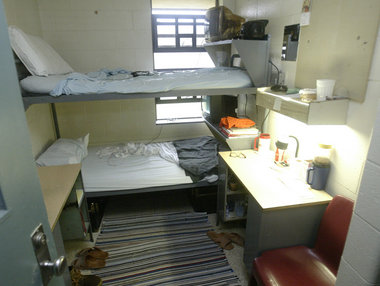
Double-bunked cell at MCF in 2019.
That’s correct, they put the PUI’s into housing unit 2 which was ground zero and where they were housing all of the positives after the entire unit had tested positive and many had already been transferred out to Carson City’s “Positive Unit”. The PUI’s were allowed to intermingle with the Positives for three straight days, sharing the phones, microwaves, Jpay kiosk, and showers.
Then this administration decided to take the bottom floor of close contact prisoners from housing unit #and sent them to housing unit #6 where they had begun testing positive. Then they moved all the PUI’s that had been housed in Housing #2 with the Positives, over to housing unit #1. There, they were not locked down or anything and permitted to roam freely throughout the housing unit, using the phones, microwaves, bathrooms, and showers, right side-by-side with the close contact prisoners.
No wonder why on the very next testing, nearly the entire unit tested positive for COVID.
The administration here at MCF has not had a plan for battling this virus as prisoners have begged them repeatedly to lock the facility down for 14 days and not move and shuffle prisoners around but they refuse to adhere to this method and instead continue to move prisoners who are testing “Positive” to other units and then their bunkies to “Close Contact” status. The Problem with the testing and this method is that Prisoners are being tested on Wednesday’s, and then despite the fact that the test results are coming back within 24-48 hrs., those testing positive are allowed to remain in the housing unit, and continue to go about their regular routines for up to five (5) days after the initial testing.
Is MDOC trying to achieve ‘herd immunity?’
 This method prevents the MCF staff from ever being able to get ahead of the virus, and thus, it soon became evident to everyone that getting ahead of this virus was not MCF’s strategy, as was to secretly engage in herd immunity.
This method prevents the MCF staff from ever being able to get ahead of the virus, and thus, it soon became evident to everyone that getting ahead of this virus was not MCF’s strategy, as was to secretly engage in herd immunity.
This explains the delay between testing/results and the removal of prisoners from the housing units, why close contact prisoners are being moved into uncleaned/unbleached cells where the previous occupants had tested positive, why there is absolutely no standard of sanitation, nor the ability to actually practice social distancing with a bunkie living with you.
 Trump advocated ‘HERD IMMUNITY’ strategy, allowing millions to be infected, die out to stem COVID-19 pandemic
Trump advocated ‘HERD IMMUNITY’ strategy, allowing millions to be infected, die out to stem COVID-19 pandemic
‘We want them infected’: Trump appointee demanded ‘herd immunity’ strategy, emails reveal – POLITICO

U.S. President Donald Trump/Photo FREDERIC J. BROWN/AFP/Getty Images)
A top Trump appointee repeatedly urged top health officials to adopt a “herd immunity” approach to Covid-19 and allow millions of Americans to be infected by the virus, according to internal emails obtained by a House watchdog and shared with POLITICO.
“There is no other way, we need to establish herd, and it only comes about allowing the non-high risk groups expose themselves to the virus. PERIOD,” then-science adviser Paul Alexander wrote on July 4 to his boss, Health and Human Services assistant secretary for public affairs Michael Caputo, and six other senior officials.
Related:


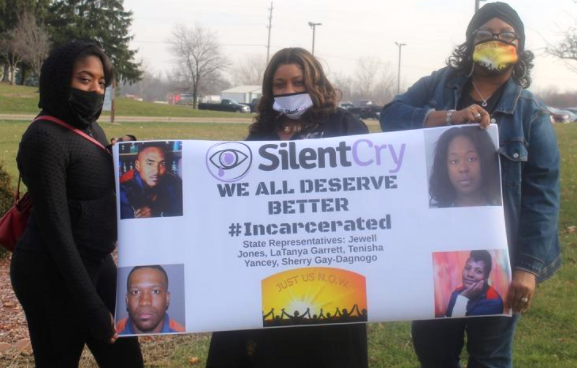
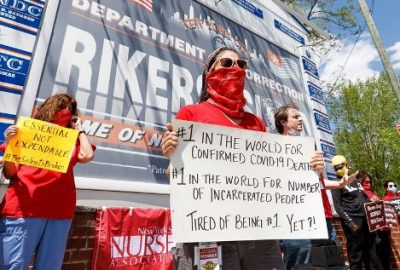
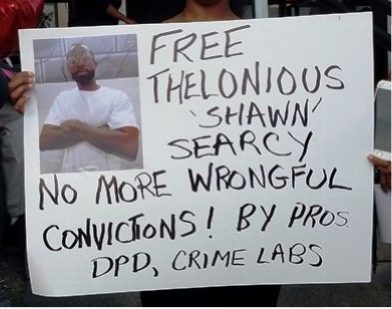
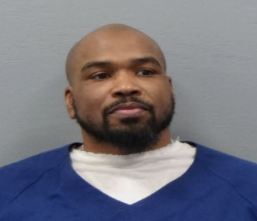
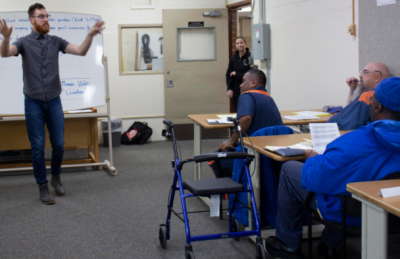
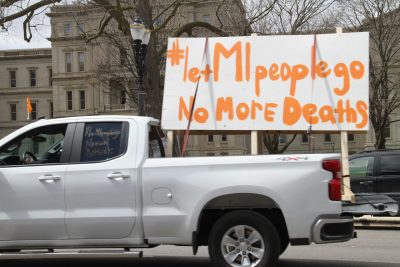
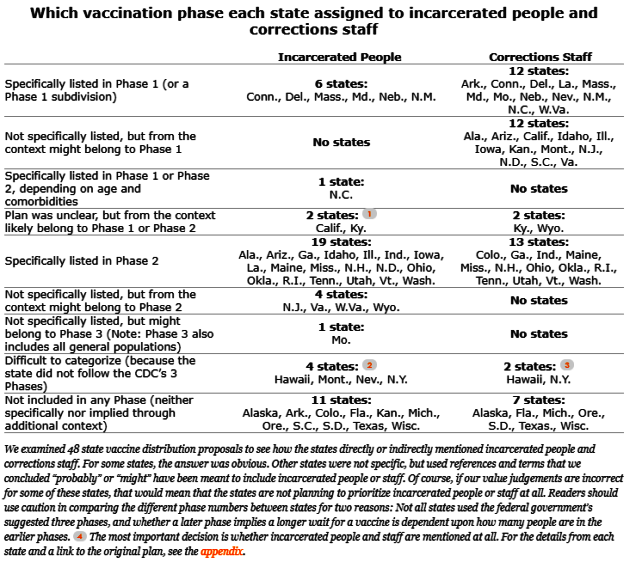
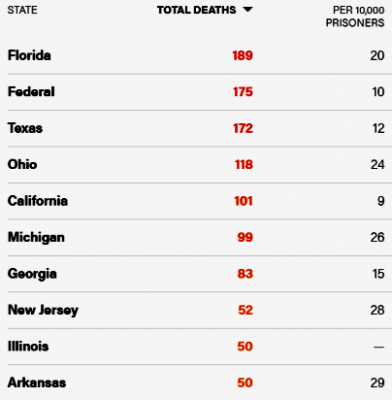
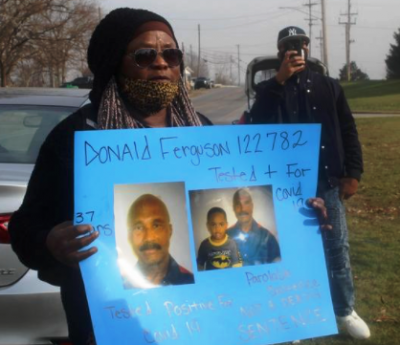
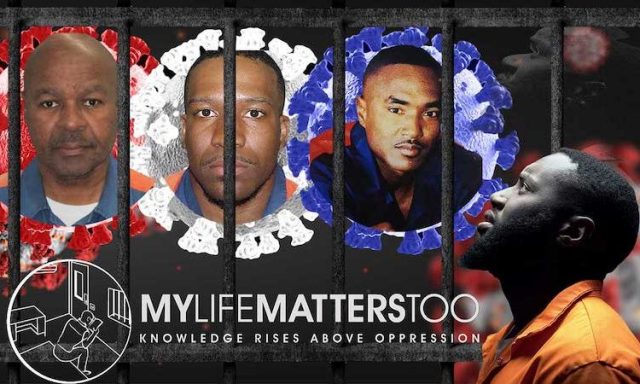
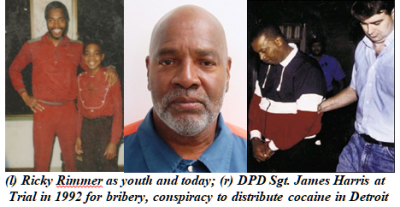 Ricky Rimmer is currently incarcerated at the Richard A. Handlon Correctional Facility, and recently tested positive for COVID-19, where 794 out of 1,233 prisoners have tested positive, 69 percent. Three have died so far.
Ricky Rimmer is currently incarcerated at the Richard A. Handlon Correctional Facility, and recently tested positive for COVID-19, where 794 out of 1,233 prisoners have tested positive, 69 percent. Three have died so far.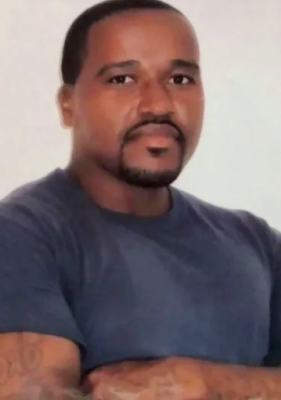
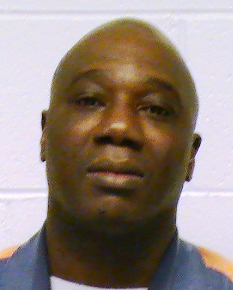
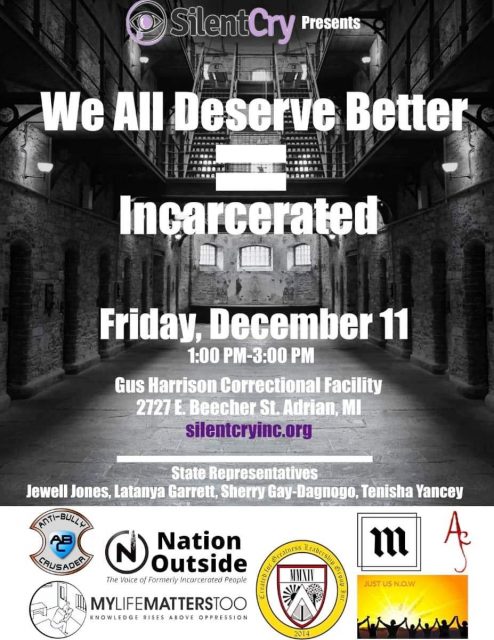

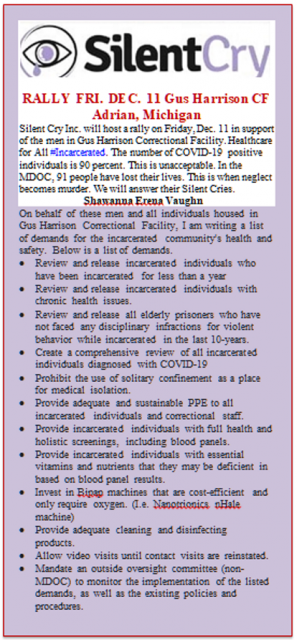 Here in Michigan a reported 47 percent of the inmate population has tested positive and contracted the virus. As of today, there have been 91 inmates who have died as a result of COVID complications. How is that even possible when inmates are confined behind highly secured walls, fences, bars, and doors? In other words, if inmates are secured within the perimeters of secure prisons, then how are thousands still being infected? It’s no secret that employees are the main cause of how the virus is seeping into prisons in Michigan. Here are some indisputable facts:
Here in Michigan a reported 47 percent of the inmate population has tested positive and contracted the virus. As of today, there have been 91 inmates who have died as a result of COVID complications. How is that even possible when inmates are confined behind highly secured walls, fences, bars, and doors? In other words, if inmates are secured within the perimeters of secure prisons, then how are thousands still being infected? It’s no secret that employees are the main cause of how the virus is seeping into prisons in Michigan. Here are some indisputable facts:
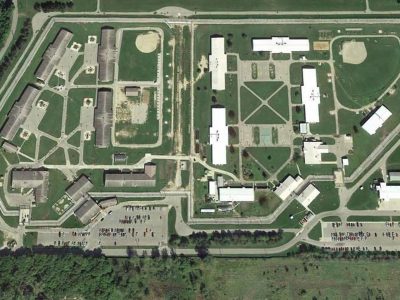



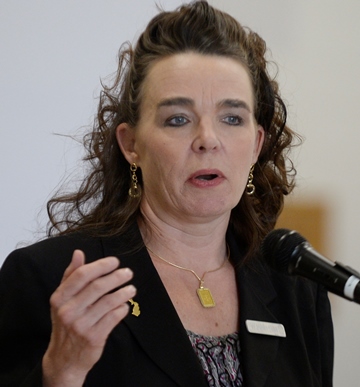
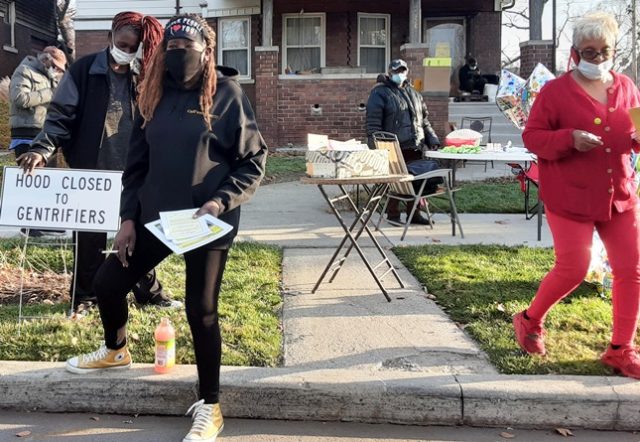
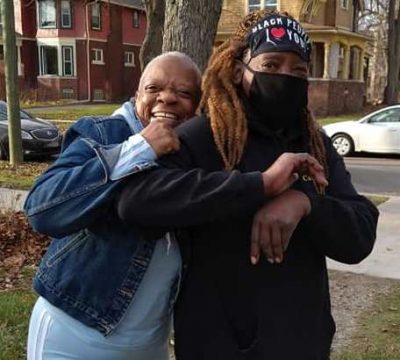

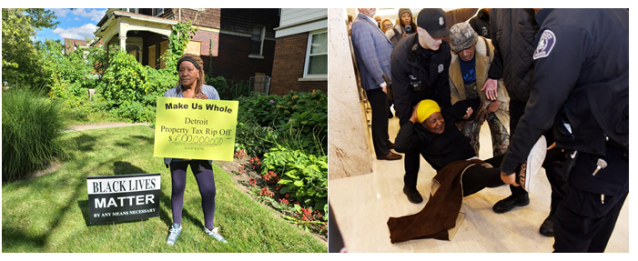
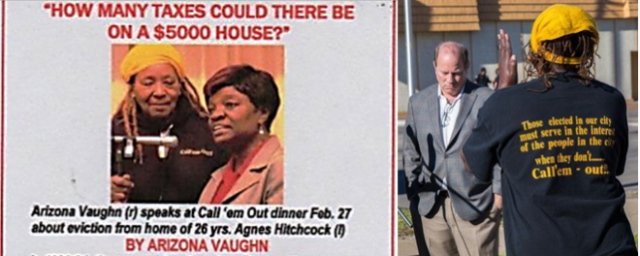
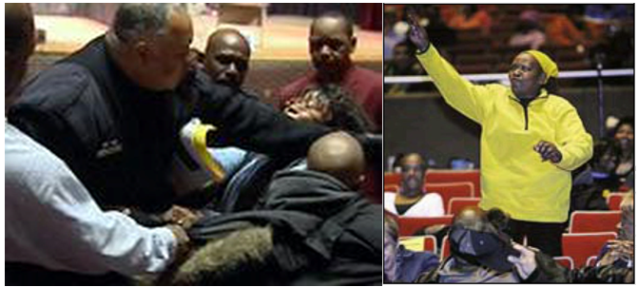
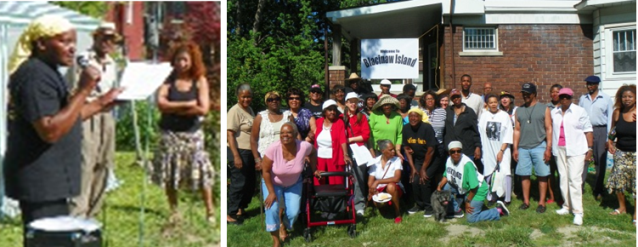

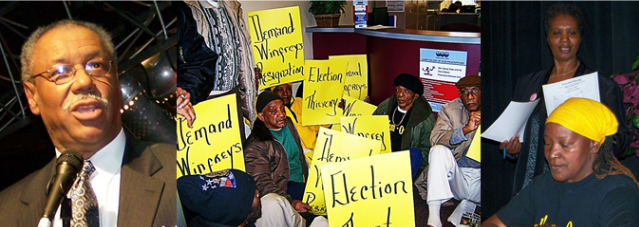

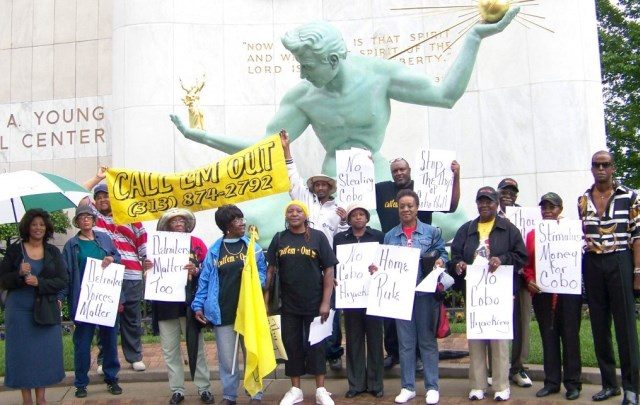

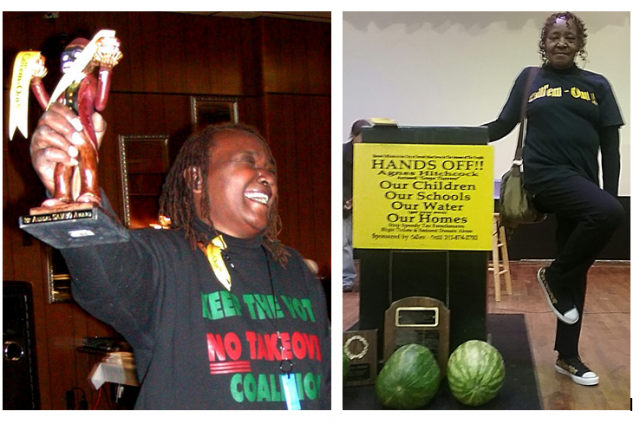
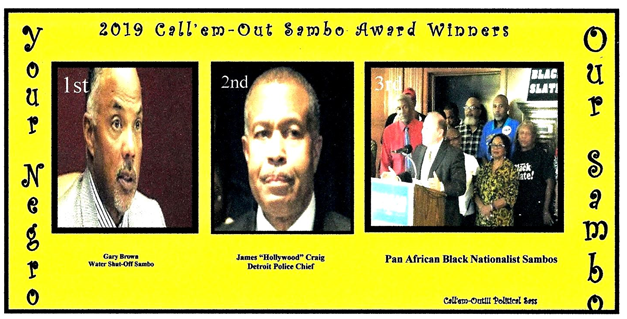




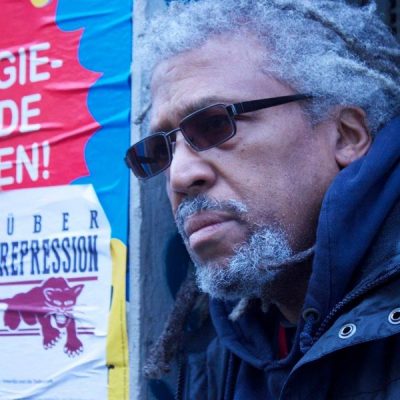
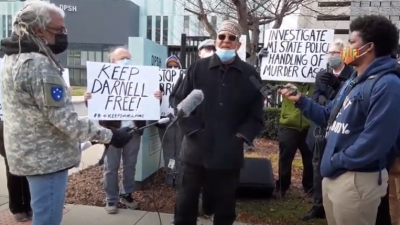

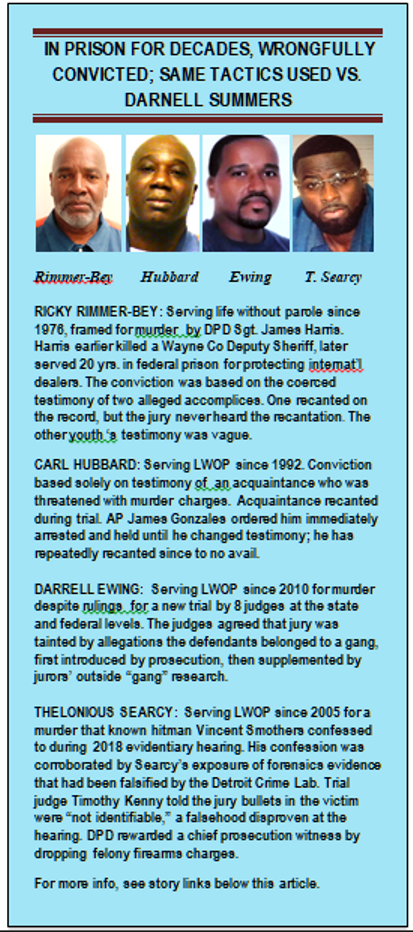 (Ed. Prosecutors and state and city police have continued with these tactics to the present day, resulting in an untold number of wrongful convictions, many of them directed at Black youths. See box at right for examples, and story links below this article.
(Ed. Prosecutors and state and city police have continued with these tactics to the present day, resulting in an untold number of wrongful convictions, many of them directed at Black youths. See box at right for examples, and story links below this article.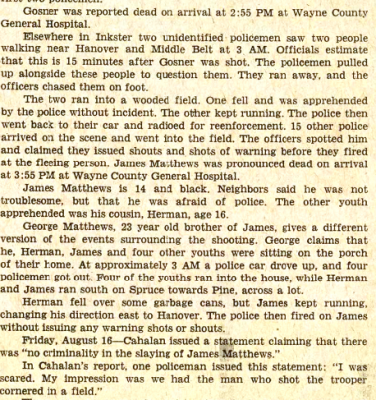
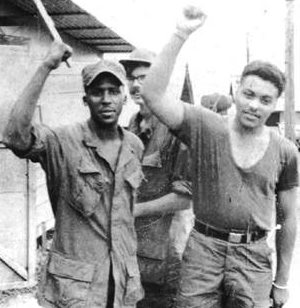
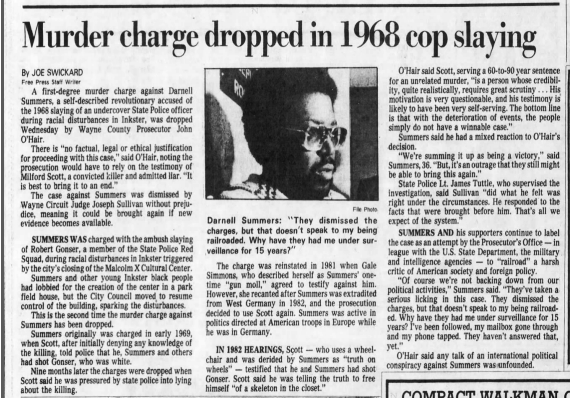
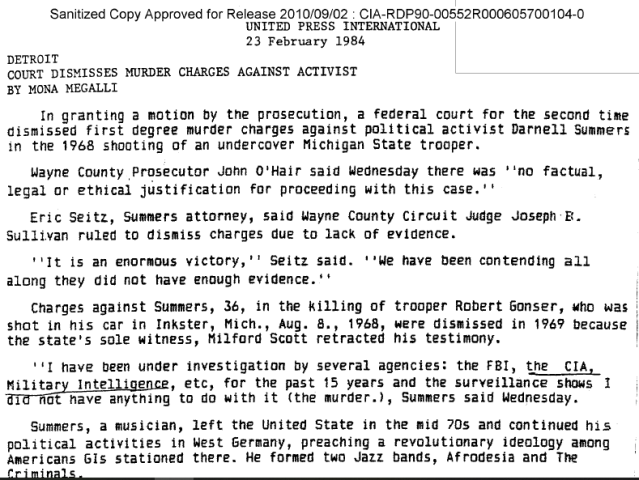
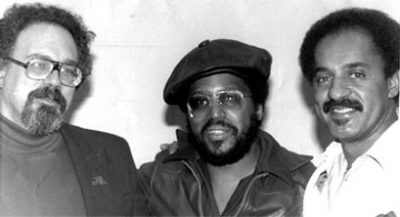
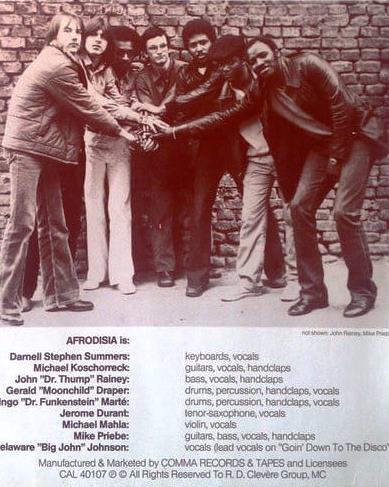
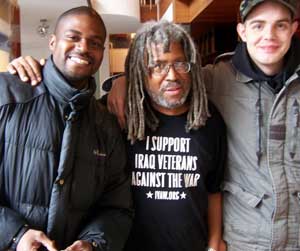
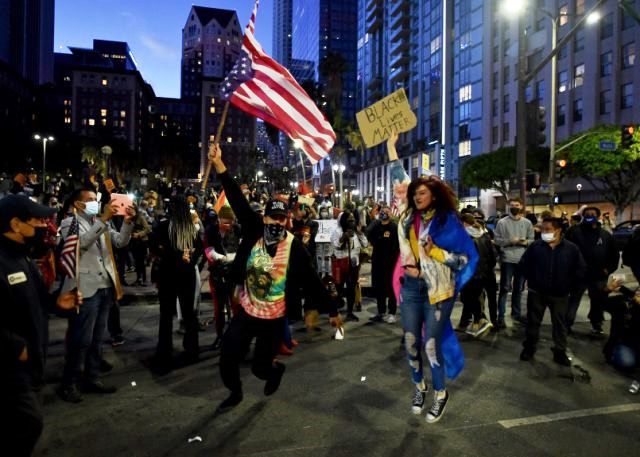
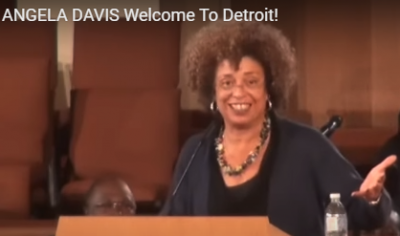



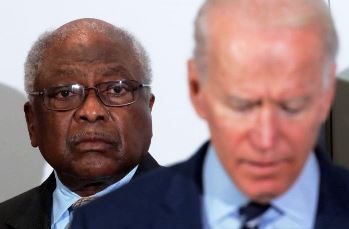
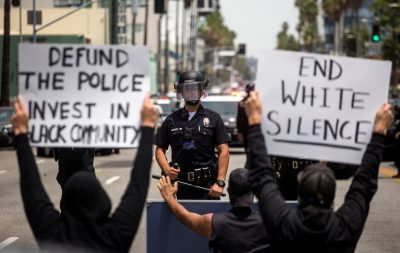

 The United States desperately needs a real resistance, people who will organize to defend themselves and to hold elected representatives accountable. If they want to party it can’t be because one of the most right wing Democrats in history will be president. We have already lived through phony change and emotional theatrics instead of political action.
The United States desperately needs a real resistance, people who will organize to defend themselves and to hold elected representatives accountable. If they want to party it can’t be because one of the most right wing Democrats in history will be president. We have already lived through phony change and emotional theatrics instead of political action.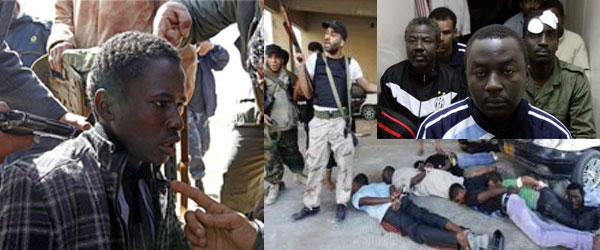



 Veblen’s observation is born out by Americans always having been willing to follow criminal orders and bomb, invade and occupy other people’s lands the world over.
Veblen’s observation is born out by Americans always having been willing to follow criminal orders and bomb, invade and occupy other people’s lands the world over.

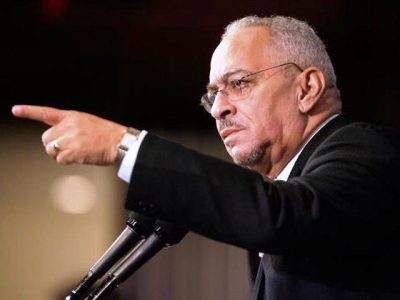
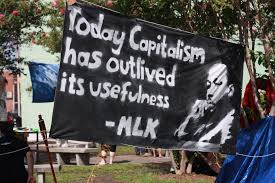
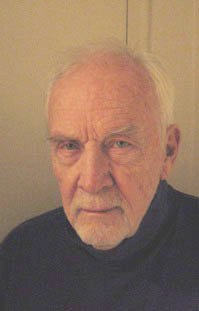
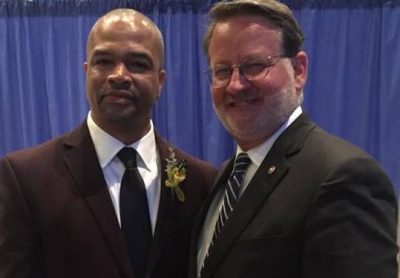
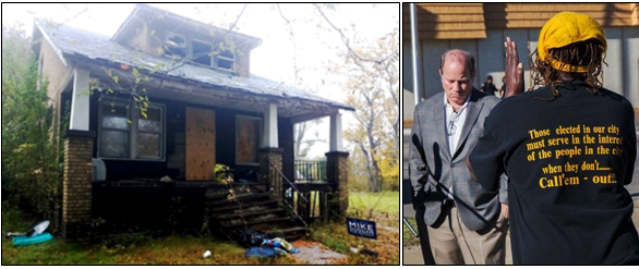
 A recent article in the Detroit News written by Christine Ferretti, “Audit of Detroit Land Bank Flags Weak Controls, Demolition Records,” provides further reason not to support this tax proposal. This article appears to have been written based on findings in a report from Stout Risius Ross.
A recent article in the Detroit News written by Christine Ferretti, “Audit of Detroit Land Bank Flags Weak Controls, Demolition Records,” provides further reason not to support this tax proposal. This article appears to have been written based on findings in a report from Stout Risius Ross.